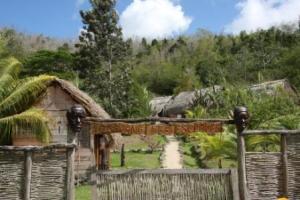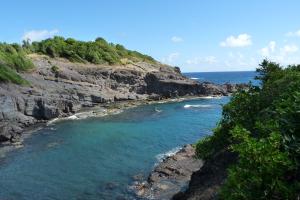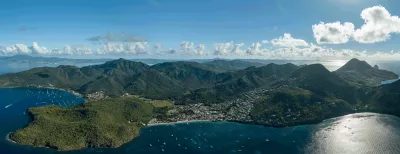This small village in the far north of France sits atop a cliff facing the Atlantic Ocean. The origin of its name is the Macouba, a small freshwater fish once widespread in the region.
In the 17th century, the commune experienced the golden age of tobacco growing, before becoming the domain of large sugar estates in the 18th and 19th centuries. Its cocoa and coffee plantations were also renowned.
From 1696, Father Labat, known for his famous writings and work on rhum, was parish priest.
Did you know? On the grounds of the Habitation de Fonds Préville, the JM distillery produces, according to connoisseurs, one of Martinique's finest aged rums...
Sightseeing: the little 17th-century church of Sainte-Anne, restored many times over, and its inverted hull-shaped framework, which bears witness to the dexterity and ingenuity of the marine carpenters of the time.








